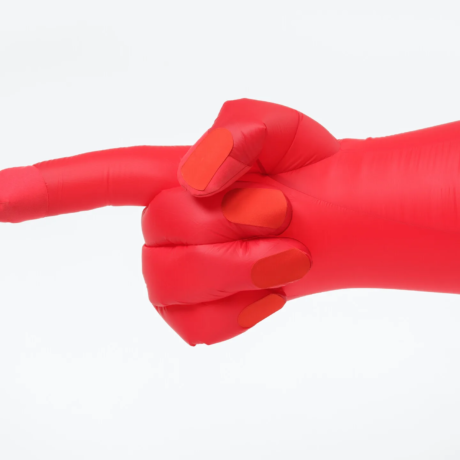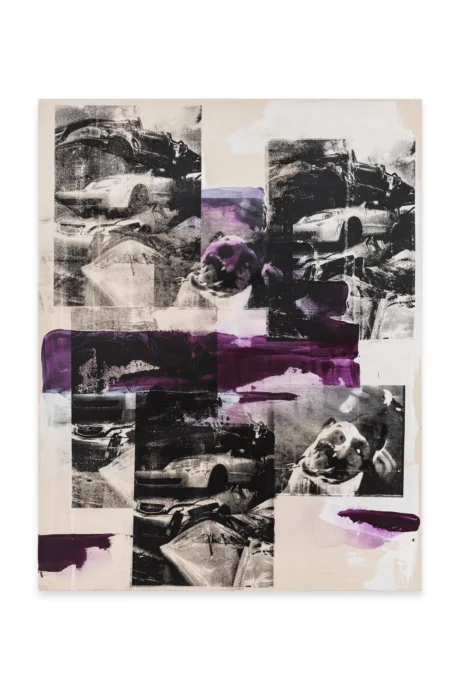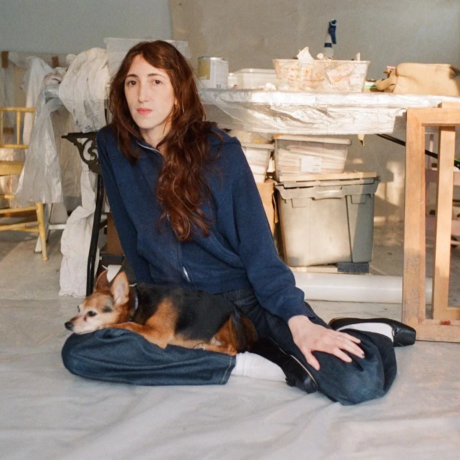Writer Folasade Ologundudu reviews Leilah Babirye’s first solo exhibition at the Fine Arts Museum of San Francisco, delving into themes present in the body of work such as queerness and the importance of naming things.
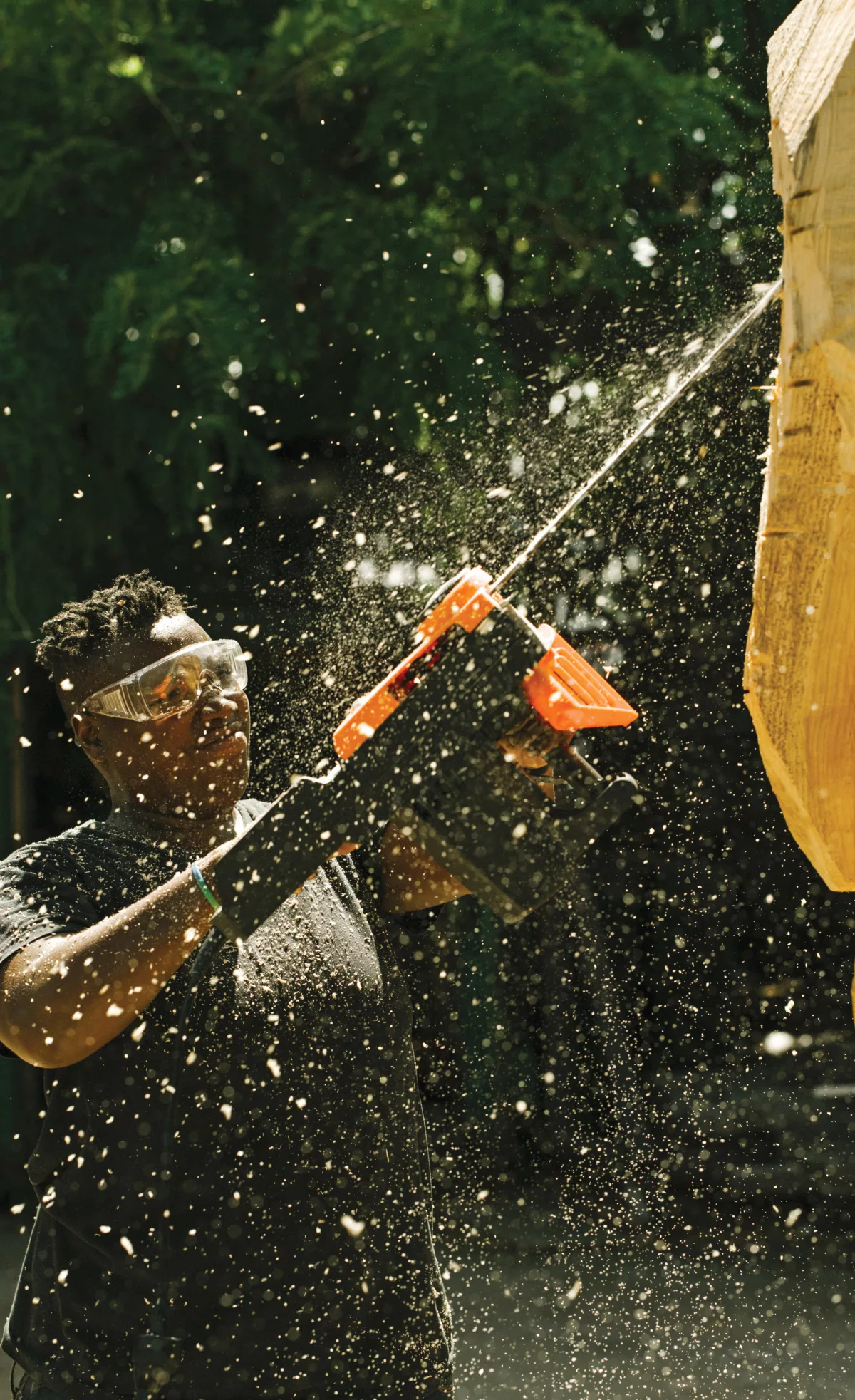
Each of Leilah Babirye’s sculptures bears a name. The process of naming is no small matter for the Ugandan artist, and it holds a prominent role in her practice. In We Have a History––Babirye’s first museum solo exhibition at the de Young––elaborate masks and giant ceramic figures are presented alongside the museums’ collection of African art. It’s the second time in 130 years that the African collection has engaged with a contemporary artist. “It’s the first solo show in a discussion of a collection of African art. My work is beside African ancestors. This show is 100 percent different, ” she shares.
Through the act of naming, Babirye commemorates the lives of family and friends as she envisions a new future for queer people. Masks and monumental sculptures are often bestowed with the names of friends and family members, representing the five regions of Uganda. Some represent the Kingdom of Buganda and symbolize water bodies and land bodies, others bear the names of local flora and fauna. All bear the weight of reverence, draw connections between human and animal life, and bask in the vastness of the natural world. The agency to name oneself, something enslaved Africans never had the liberty to do, recalls deep wounds. As a Black woman in America the significance of naming oneself is not lost on me. It conjures up the forgotten names of countless individuals whose lives are lost to the pages of history, in America and beyond. How many names of my own family have been erased? How much history has been lost? African artists whose names are absent, then, becomes all the more obvious. Of the hundreds of sculptures, masks, and ritualistic objects lining the walls of the museum’s African wing, just one is attributed to an individual person, Ateu Atsa (1840 – 1910), a Bangwa artist and carver of Cameroonian origins.
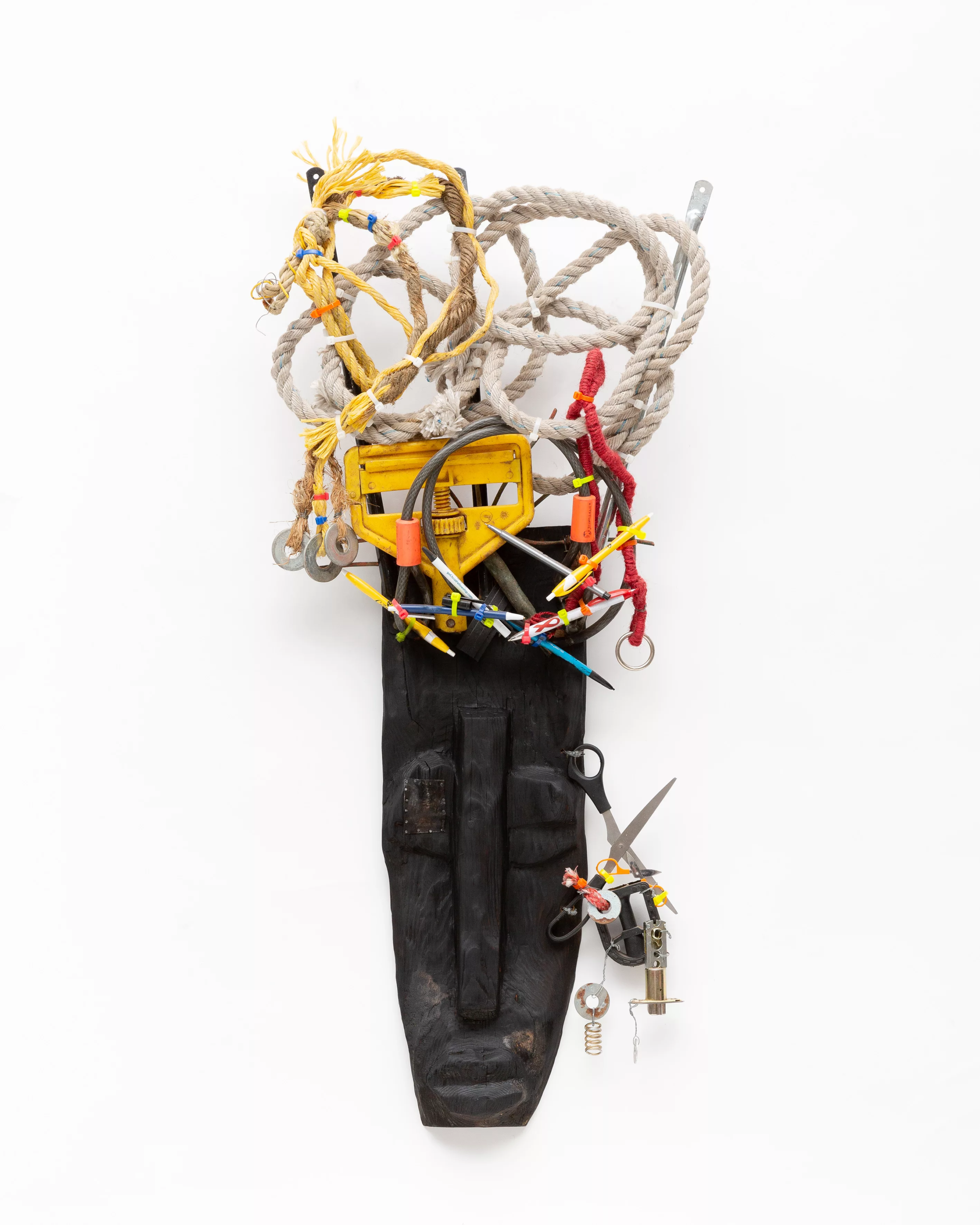
In Uganda, queer people are called ‘abasiyazi.’ The word describes the husks of sugarcane, debris to be discarded and considered trash. The LGBTQIA+ community in Uganda is not only discriminated against but often met with extreme violence. Just last year, the Eastern African nation of just under 50 million people passed one of the harshest anti-homosexuality laws in the world outlawing gay marriage, punishing same-sex acts with life imprisonment, and even the death penalty in some cases. After the murder of the openly gay David Kato in 2011, Babirye doubled down on her commitment to activism through art and protest. Kato’s murder and the protests that followed influenced the creation of her masks, as protestors demonstrated with masks on to conceal their identities.
Ritualistic objects from the museum’s collection, evoke spirits and ancestors through primordial materials made by ancient hands. Philosophy and spirituality unfurl through sculpted wood, carved metals, and earthenware where function encompasses ceremonial objects to aid in childbirth, bring forth life-giving rain, and stave off evil spirits. The objects represent dozens of tribes across Africa, created by skilled artisans who developed deep connections to the cosmos and the natural world. These items, crafted centuries ago, tell the story of tribes from Mali and Cameroon to Nigeria and the Democratic Republic of Congo. In viewing them, I consider the families, the makers, were a part of and the wisdom they held. Their contributions to culture and artistry have been attributed to broad ethnic and tribal groups—not individual people. Names are lost forever, lives have been erased from history’s record. In naming her works, Babirye infuses each mask and sculpture with the spirit of those dead and alive. Some are massive, towering over eight feet, like Baawala from the Kuchu Mamba (Lungfish) Clan (2022), an ode to her grandfather. The monumental sculpture pays homage to the important role he played in her life.

Namasole Naluggwa (The King’s Mother) (2019), with its silver colored headdress and pierced ears is flanked by the long faced Katiiti Kalibbala from the Nsenene (Grasshopper) Clan (2024) on the left and the large Nakatiiti from the Kuchu Grasshopper Clan (2020) with its wide crown on the right. Many works are showcased in community, supporting each other in their configuration, exuding camaraderie. Each object is made with recycled and repurposed materials. These items—bike tires, inner tubes, bottle caps, and scrap metals—are sourced in junkyards or on the streets of New York City where Babirye lives. Using objects deemed trash to make compelling sculptures, she expands the canon of contemporary African sculpture and woodwork. Natasha Becker, Curator of African Art at the de Young, remarked, “what’s so incredible is she’s really taken this wood carving tradition to new and unexpected heights. She’s taking this hundreds of years old wood carving tradition and she’s reclaiming it.”
By reclaiming African traditions and materials to advocate for herself and her community, Babirye celebrates the lives of queer people everywhere—and especially in her home of Uganda. Shifting the narrative to see the LGBTIA community in a positive light offers viewers an opportunity to ask important questions; ‘what is valuable and who is worthy of value?’ Babirye’s work is a poignant reminder that even the most unlikely objects can be transformed into majestic works of art, and the queer community are worthy of celebration and deserving of lives free from persecution and violence.
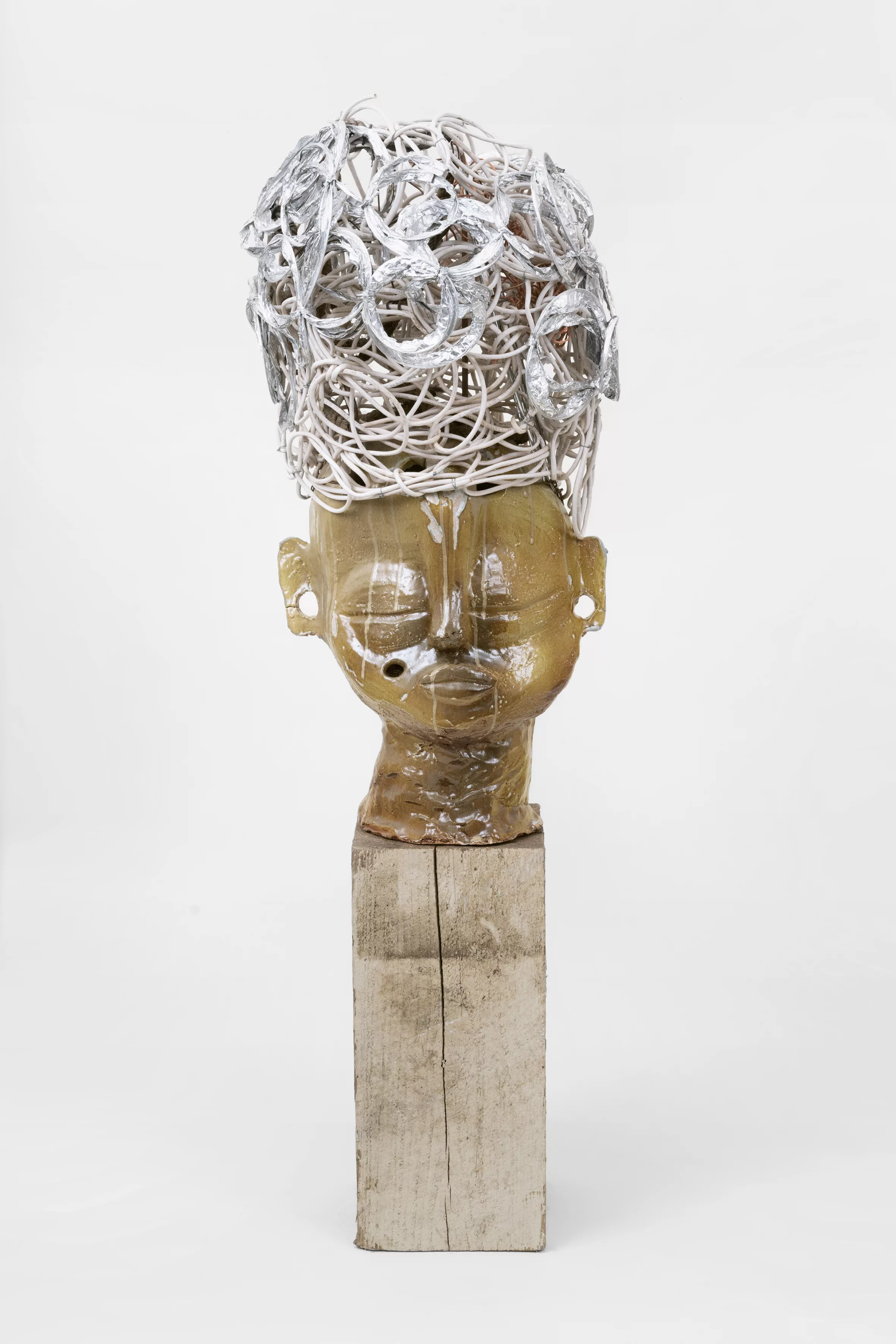
Babirye bends, saws, and hammers away at wood and metal, forming new shapes. Inner tubes become elaborate headdresses; bottle caps and bike chains adorn necks like precious regalia. Items found on street corners and alleyways subvert notions of ‘trash’ and recontextualize value. What strikes me most about Babirye’s figures are not the obvious things—the material, scale, or size. Instead, it’s the visceral emotions each object imbues. The faces of her carved wooden masks and earthenware sculptures are profoundly expressive. Emotion floods their eyes, always rendered closed, and their mouths, ranging from curiosity to aggression to peace.
Days before We Have A History opens to the public, Babirye and I walk through the exhibition, slowly stopping in front of different works discussing them as we pass by. We immediately sense the gravity of the museum’s African wing. Dim lighting illuminates wooden carvings. Shiny mahogany floors and panels reflect light from glass vitrines housing ceremonial objects. The air is still and the space holds a weight we both feel but find hard to articulate. We stand in front of Figure (1027-1209), an ancient Dogon wood carving that inspired the 3 new sculptures Babirye created for the exhibition, which includes loans from private collections. She points out the large gashes in the wood, the weathered surfaces, the arms raised symbolizing the gender-fluidity of the Dogon people. Her glazes, through a process of experimentation, bear resemblance to these same surfaces. While Babirye renders her sculptures with a shiny lustrous finish, the pouring of glazes in varying hues, and application result in a handmade patina reminiscent of centuries old works.
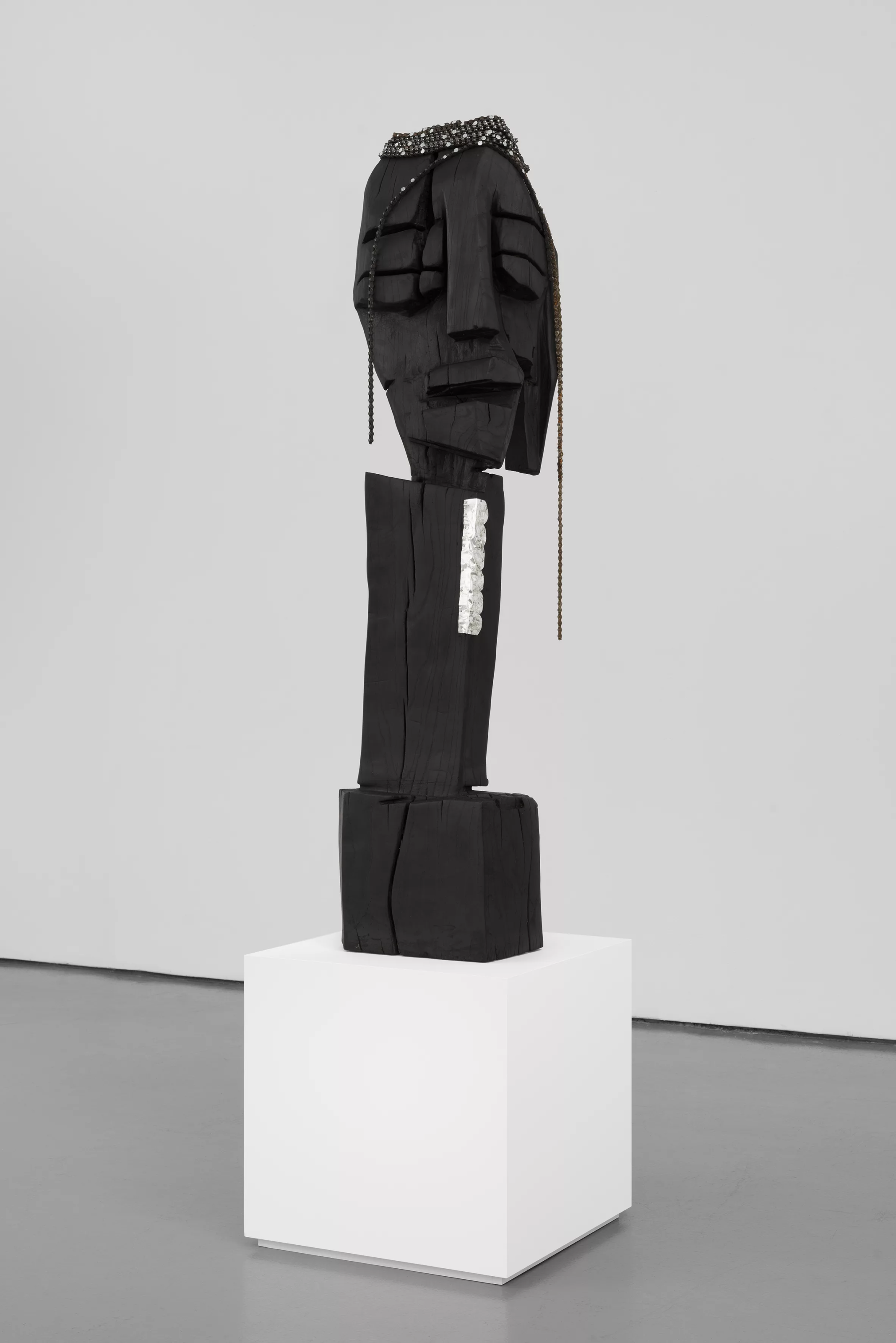
Rather than depicting the trauma, pain, and violence so often experienced by the queer community in Uganda and throughout the world, Babirye celebrates the lives of individuals who are forced to live on the margins with larger than life sculptures. In We Have a History, Babirye presents monumental works that teeter towards extravagance. True to the form, she venerates her queer friends and peers, while breathing new life into the long and rich tradition of African sculpture, to investigate the contemporary moment. Her sculptures then become symbols and beacons, sources of self-love, celebration, and freedom.
There is a sweet nostalgia in Babirye’s spirit, in her infectious laugh. While there is also pain and loss, she chooses to focus on the ways in which art can bring more beauty into the world, transforming our lives in the process. Before we leave the gallery, I ask Babirye how she feels. “I feel a lot of mixed emotions for the first time,” she responds, adding “I don’t know if I’m answering right,” and I can’t help but think that for an artist, freedom of expression is the only thing that’s right.
Words by Folasade Ologundudu
